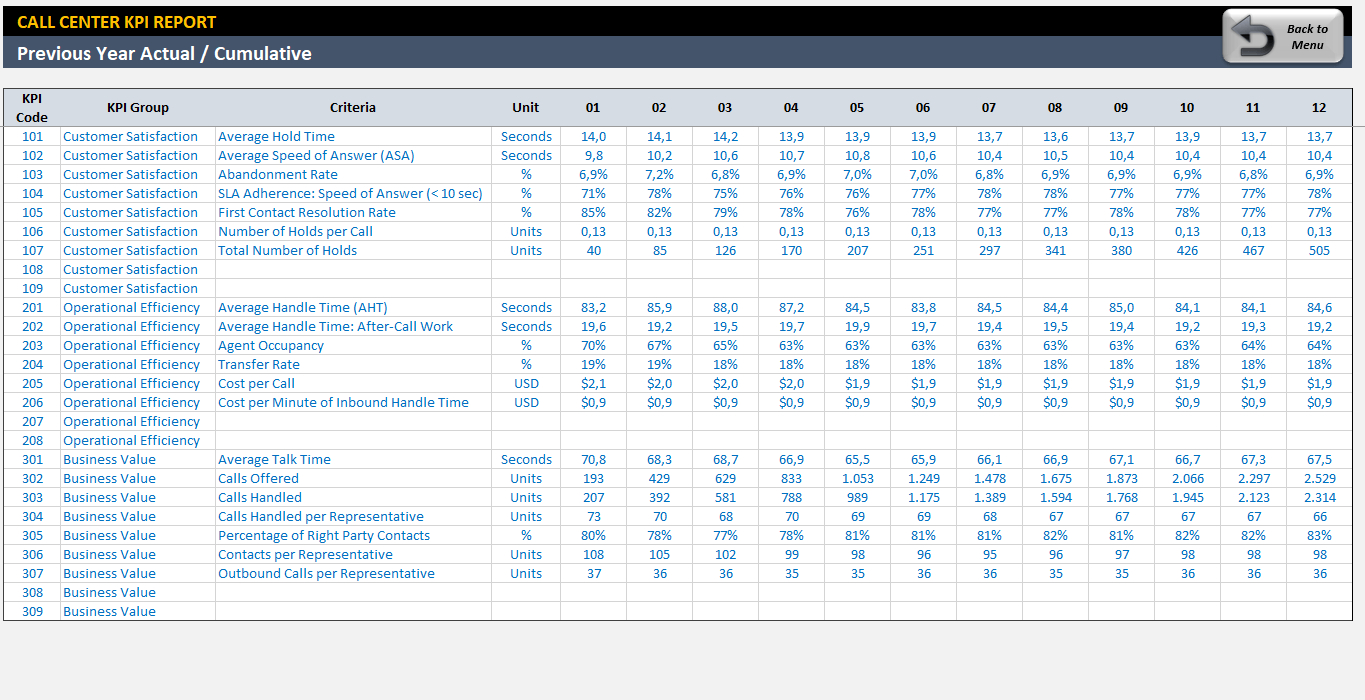
The evolution of digital technology means that, to assess performance, set valuable goals, increase efficiency, and boost service levels, call center managers can make informed strategic choices by analyzing comprehensive call center metrics and KPIs.Īccording to a Harvard Business Review, the number one factor in consumer loyalty is a reduction in customer effort.

Once upon a time, brands, businesses, and organizations made strategic call center decisions based on educated guesses and vague insights. They do expect you to fix things when they go wrong." – Donald Porter " Customers don’t expect you to be perfect. It also allows for manual adjustments to the output of these calculations so that the results can be fine tuned.Your Chance: Want to monitor all your call center KPIs in one place?Įxplore our 14-days free trial & get the best out of your call center data! Why You Need To Track Your Call Center Metrics The spreadsheet incorporates support for staffing based on hourly call rates, target call answer times, required service levels and staff shrinkage using the Erlang-C algorithm. The call center version of the scheduling spreadsheet allows you to enter daily projected call volumes and to derive a weekly staffing plan directly from these numbers. The Call Center version of the spreadsheet supports staffing plans in a call center environment where staffing needs are based upon projected call volumes. By providing this solution in the form of an Excel spreadsheet, we have been able to provide excellent functionality and, at the same time, allow the typical user who is familiar with Excel, to enhance, tailor and extend the scheduling spreadsheet to meet their specific needs. Our labor scheduling spreadsheets for Microsoft Excel provide a simple, inexpensive and flexible approach to staff scheduling that can be used in many industries.


 0 kommentar(er)
0 kommentar(er)
